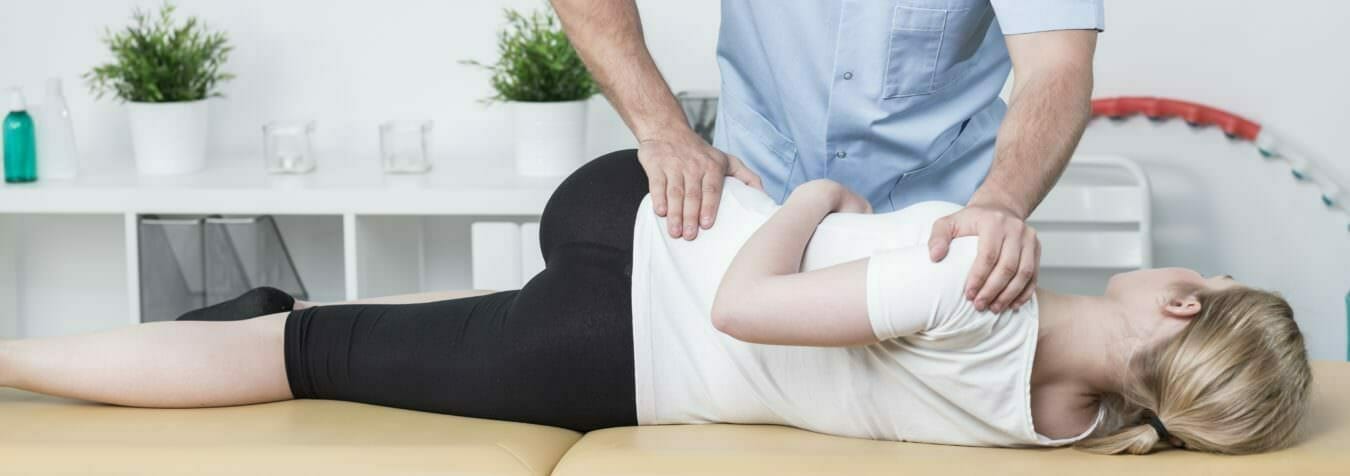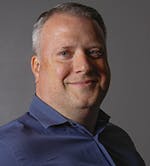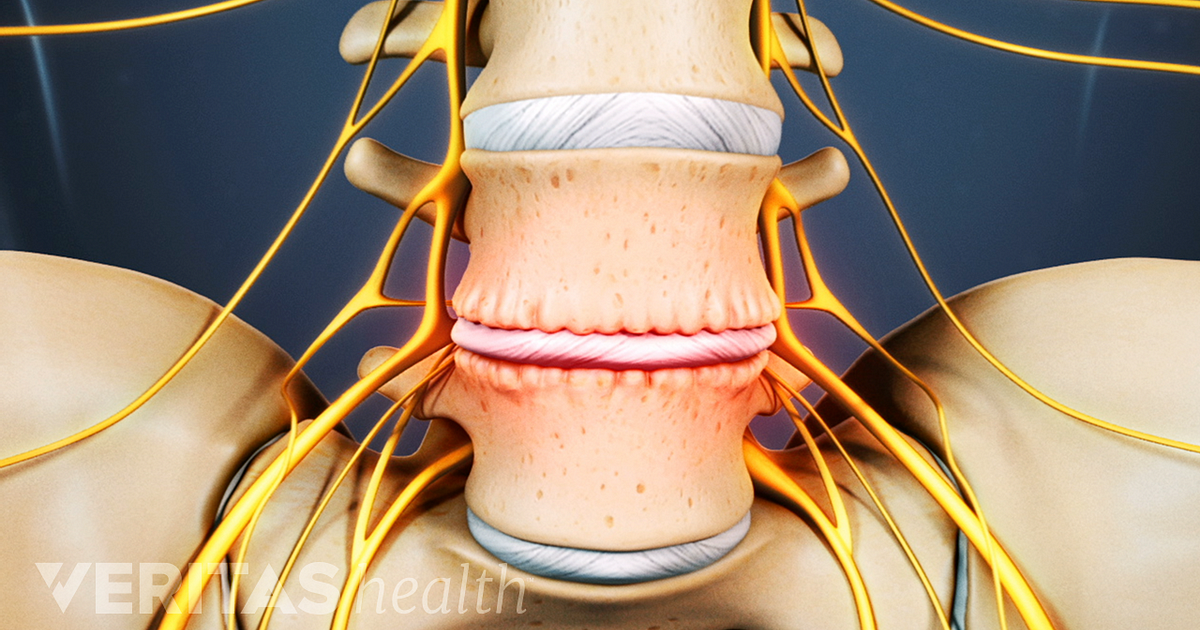I just hurt my back!! Who do I call?! My Physical Therapist, an Orthopedist, or a Chiropractor?
Unfortunately, spinal problems are so common, it’s almost inevitable. It’s an age long issue that affects all ages, genders, ethnicities, and across all geography and socioeconomic regions. Fact: 70% of people of 35 years old will experience some episode of low back pain (LBP) during the lifespan.
Most spinal discs deteriorate over time. Fact: Gravity wins. Radiographically, degeneration starts as early 30’s and well into 60’s. When discs get degenerated, they become less gelatinous and more fibrous. More importantly, they get stiff.
Much like links in a chain, each segment moves a little on the adjacent ones. When one or more vertebrae do not move well, it puts pressure on the next one in the chain – altering mechanics and leading to soft tissue injury and disc herniations.
Not all disc herniations need surgery, but almost all of them need to move better. Studies indicate that for the most long-term success, the most effective form of treatment for low back over time is a combination of manual therapy AND exercise. Long-term studies (Weber, Oct 1994) have shown that conservative (nonsurgical) outcomes are equally effective in patients after five and 10 years as surgical options.
So, who do you call first? It depends on several things, but one is determining which stage of inflammation you are in. Early management (Day 1-3) of acute low back pain should focus on treating the inflammation: ice, rest, NSAIDs medication. By Day 3 through 14 – its best to start moving correctly to promote healing and proper neuro motor planning.
Simply waiting to move just teaches your body to move incorrectly, and can often lead to compensatory patterns that are harder and more labor intensive to fix. By week 3 through 6, most soft tissue problems are healed well providing they were correctly treated.

It is never too late to address movement dysfunction, but if you go by tissue healing – the sooner it is addressed the better results. Direct access to providers, the ability to seek physical therapy services without need for a physician referral, allows patients to get expedited services for quicker management. Physical Therapists, orthopedists and chiropractors all share this ability. (CLICK HERE TO SCHEDULE AN APPOINTMENT)
However, one difference of who you can see comes down to how soon you can see them. Wait time to see some specialists can be 2 weeks or longer. Making an orthopedist appointment for a few weeks out does not mean you can’t get a few sessions of PT in first while you wait, treating pain and inflammation, and promoting movement. In fact, tissue response to treatment may in fact help dictate what your orthopedist may offer next, if anything. Not every episode of LBP needs an MRI despite how much pain you are experiencing. Only 5% of all the LBP episodes end up needing surgery ultimately. However, if there is a serious issue, the combination of tissue response to treatment and potential imaging can be an extremely helpful in weaning out who needs surgery or not.
Who you call first also depends on which tissue layer your problem is located. What is my problem: joint, muscle length, strength and motor control, or combination of all three in varying amounts? Imagine a pie chart that represents your “portfolio” of pain. How much of your pain is caused by each category: joint, muscle, strength? Depending on the category spread, the treatment is very different.
 Each discipline has a different emphasis – Physical Therapy focuses on fixing movement dysfunction and preventing impairments: emphasizing joint mobilization, muscle stretching/manual therapy, pain relief modalities and strength exercises. Chiropractors utilize a centrist approach with spinal manipulation mostly, and similar modalities for pain. Orthopedists primary focus is surgical techniques, imaging, mediations and injections. All of us have our “tools” to help alleviate pain and fix spinal problems.
Each discipline has a different emphasis – Physical Therapy focuses on fixing movement dysfunction and preventing impairments: emphasizing joint mobilization, muscle stretching/manual therapy, pain relief modalities and strength exercises. Chiropractors utilize a centrist approach with spinal manipulation mostly, and similar modalities for pain. Orthopedists primary focus is surgical techniques, imaging, mediations and injections. All of us have our “tools” to help alleviate pain and fix spinal problems.
Each tool has a job, they shouldn’t be underused or overused. These tools should be given within the best timing and sequence, and be the right tool for the right problem. Muscle spasm or strengthening problem does not improve with an MRI or spinal manipulation. Strengthening does not improve joint mobility or substitute for necessary surgery if needed. Injections do not substitute for spinal segments to move or muscles to get less tight. You see the point…
 Frankly there should be a network to work together – where you get the proper thorough and expedited physical examination to help determine severity and “portfolio”, and the disciplines communicate accordingly. Over the last 15 years in New Haven county, I have developed this for our patients at Amity Physical Therapy. It helps to not only see patients early, addressing their problems effectively and efficiently – but also allows me to send patients to other specialists to reduce wait times, ultimately leading to better treatment.
Frankly there should be a network to work together – where you get the proper thorough and expedited physical examination to help determine severity and “portfolio”, and the disciplines communicate accordingly. Over the last 15 years in New Haven county, I have developed this for our patients at Amity Physical Therapy. It helps to not only see patients early, addressing their problems effectively and efficiently – but also allows me to send patients to other specialists to reduce wait times, ultimately leading to better treatment.
Ultimately the patient is like a coach on a team – and providers are the players on bench. You get to choose which players get in and when they get involved. Having designated professionals on your “team” ultimately helps for speedier access and better overall management of your care. To schedule an appointment, CLICK HERE
 Michael Dow, MSPT is a licensed physical therapist and founder of Amity Physical Therapy. He has extensive training in orthopedics, pediatrics, sports consultation, manual therapy, vestibular dysfunction, and golf performance training. Michael graduated from Sacred Heart University in Fairfield, CT with a Master’s in Physical Therapy.
Michael Dow, MSPT is a licensed physical therapist and founder of Amity Physical Therapy. He has extensive training in orthopedics, pediatrics, sports consultation, manual therapy, vestibular dysfunction, and golf performance training. Michael graduated from Sacred Heart University in Fairfield, CT with a Master’s in Physical Therapy.
In 2000, he was recognized by the US Department of Health and Human Services in Washington, DC for the development of his functional exercise class designed for the National Multiple Sclerosis Society. In addition to being the clinical director of Amity Physical Therapy, Michael continues to work with local high school and college athletes to reach their sports goals.
Michael is certified by the Titleist Performance Institute as a medical professional. This certification allows him to use the same distinguished evaluation and screening techniques that PGA players use to enhance performance and prevent golf related injury. Golfers of all ages and skill levels benefit from his Golf performance program. He has also received certificate of completion from the Institute of Advanced Musculoskeletal Treatment in Dry Needling.
Weber H: The natural history of disc herniation and the influence of intervention. Spine. 1994 Oct 1;1919:2234-8; discussion 2233. Review


